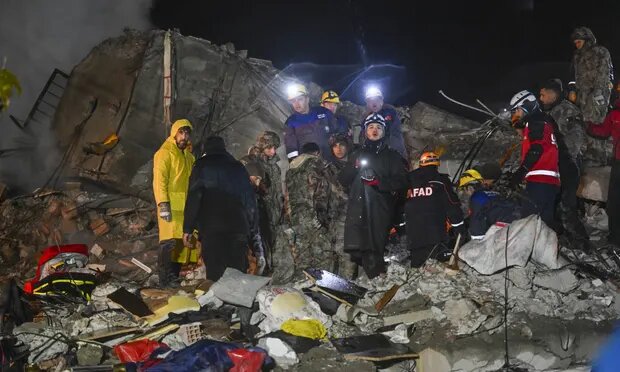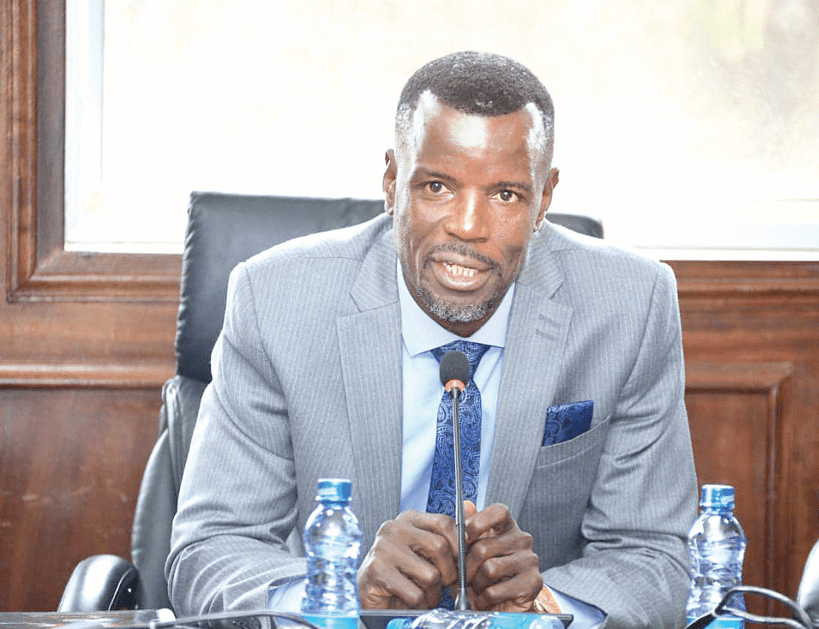Turkey, Syria earthquakes should be wake up call

Earthquake has once again shaken the world. This time the centre of this earthquake is Turkey and Syria, where with a high intensity of 7.8, the earthquake has caused great destruction. At least 33,000 people are known to have died, and many more have been hurt. After the quake, there were more than 200 aftershocks and another one with a magnitude of 7.5.
Buildings have been flattened by the earthquake and its aftershocks, and rescuers are digging through concrete rubble to find survivors. The fury of the earthquake was more felt in Syria, while the earthquake also showed its terrible form in Turkey and neighbouring countries of Lebanon, Cyprus, Iraq, Israel and Palestine.
One of the reasons for so much destruction was that earthquake shocks were felt repeatedly and at least 40 times, due to which the number of victims increased. As the earthquake struck early morning on February 6, most of the people were affected while they were asleep. Due to this, the people got few chances of rescue and the local administrations also faced difficulties for relief operations.
As soon as the news of this disaster was received, countries around the world such as India, European Union, Britain, Germany, America, Israel, Spain and Japan among others extended their hand to help the affected countries. It shows that the world today has turned into a global village due to the science and information revolution at the global level.
The information about the incident in any part of the world is immediately spread all over and, on this basis, the helping hands also start moving at the same speed. Russian troops already present in Syria were immediately activated.
The main causes of earthquakes are tension caused by the mutual gravitational attraction of the subsurface plates and steam generated in the volcanic or cooling part of the earth. Tsunamis generated by movement of the ocean floor also cause earthquakes. More than 30 thousand people were killed in Gujarat on January 26, 2001 in the world’s worst earthquake ever.
Similarly, on December 26, 2004, thousands of people died due to a magnitude 9.2 earthquake and tsunami in the southern part of the country. Pakistan’s Quetta earthquake is also considered very deadly, in which more than 75,000 people were killed.
Undoubtedly, due to scientific advancements and technological discoveries, experts often give warnings through their predictions. Weather forecasting and any potential mountain upheavals are often predicted by scientists, but the scope of natural disasters is sometimes so vast and extensive that even with millions of instruments, it cannot be fully predicted.
According to the news, experts and scientists had issued a warning about the current earthquake, but despite all this, neither this possibility could be prevented, nor its destruction could be stopped. As earthquakes cannot be avoided with present technology, however there are several ways to mitigate their effects: For decades, Japan has been working on earthquake-resistant structures. From steel beams designed to sway and bend without breaking, to cross-triangle constructions that can withstand the force of the shaking without vibrating excessively to high-powered gas springs in those same cross-triangle constructions that dampen the vibrations even more to the top of the building.
Also, Japan is building a ring under the ground around Tokyo. This ring is meant to catch and redirect earthquake tremors, making them less damaging to the city itself.
All of these factors effectively eliminate the danger of all but the most violent earthquakes. The 2011 Japan Earthquake was a monster-quake with a magnitude of 9 that lasted between 5 and 6 minutes. The devastation caused by natural calamities like earthquakes can be reduced only by adopting some of these preventive measures and pre-emptive measures.
— The writer is a veteran journalist and freelance writer based in Brampton ,Canada












